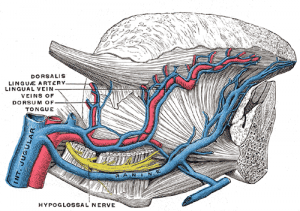Chemicals in Yoga
Everything is chemical. It is the basis of all matter in the universe.
It is easy to think of some chemicals as good and some as bad, but this is really a silly way to look at it, because most chemicals are useful in one form or fashion. Some interact poorly with the chemical composition of your body and this is why you view them as good, or bad, or what have you.
The truth is, that chemicals have a very real potential and a very real danger when misunderstood and mistreated. Some great examples are drugs, oil, water, food, really all of the imbalances that we perceive in our current world are chemical imbalances. But we ourselves are natural and chemical, so it is important to remember that being a human is having a mostly stable chemical composition.
So we can say that certain chemicals, especially purified chemicals, can be extremely potent to the human body and can enact change within the body, to produce a certain effect. This has become known as medicine, where we take mostly plants and process them, somehow to interact with the body.
Even the word ‘naturally’ is a corrupted word in modern marketing; synthesized chemicals are certainly natural, but people tend to think that natural means closer to nature, or less processed. But since processing itself is natural, everything is viewed as natural. So it is a repetitive word that can be ignored. But in any case, saying chemical is repetitive. Of course it is chemical.
What people really are referring to when they say they want less chemicals is that they want less processing, less synthesis and more extrapolation. Purity is becoming more and more preferable as an ideal in food and cleaning products and things that we are exposed to, which is really a transference from other aspects of culture, religiousness and such from our ancestors.
So its important to realize that there is nothing that happens inside of you that isn’t there. All of the chemicals in your brains are what create all of your experiences. Each one has happened inside of you. Drugs are not magical, they interact with the brain in very specific patterns, however, we have coined drugs as strange chemicals with strange effects, things to be feared. They are not things to be feared, but parts of your self to be understood. For each acts as a mirror, a specific poison giving you a window into the unknowable, into the deep fathoms of your unconscious mind. To fear a drug is to fear an aspect of yourself, and perhaps there is no greater fear than to fear yourself.
Drugs are really an internal interaction cause by the reaction of introduction of a new substance. Your experience on the drugs is your bodies reaction to them, the processing of them. It is not something that exists outside of you, although you have introduced a foreign substance into your body’s chemical make-up. So your body is essentially reacting and this is what you experience. This is why certain drugs have nearly no long-term effects and some have effects that can last a lifetime, because your body is more or less efficient at processing them. And it learns and adapts. This is why psilocybin can have less and less effects the more that you do it, the same with LSD, marijuana, etc. So there is really nothing happening outside of what your body is doing and how it is interacting and reaction to the substance that you have introduced to it.
This leads us to see the body as having an enormous potential and as understanding how we subjectively view things as changing us. In fact, we are changing ourselves.
To move on to some more significant discussion, I would like to talk about 3 substances, chemicals, which yoga seems to have a tremendous effect on. Serotonin, Dopamine, and Melatonin are in my opinion three of the most interesting molecules or chemicals in existence.
All three are hormones/neurotransmitters, all three are present in a vast spectrum of life, contributing to the homeostasis of lifeforms across the biological spectrum.
Melatonin might be the most interesting, seen in plants, fungi, and bacteria in anticipation for the daily onset of darkness. In humans, it regulates the internal clock, or circadian rhythm, as well as seasonal cycling. There are many popular uses for melatonin, but there are few studies on its long-term effects and there is almost no research to show usefulness as medicine, or therapy. Its long-term effects are almost completely unknown. However, it can be found in the retinas of the eyes and seems to interact in very strong ways with dopamine and serotonin, and has a tremendous effect on the immune system and for protecting specific important cells. It is used as a drug primarily to allow humans to co-exist in nocturnal environments.
Dopamine is an intrinsic part of the action-reward cycles of conscious attention and is extremely important for learning. It interacts strongly with melatonin and can be found in the retinas of the eyes as well. Melatonin and dopamine both interact in interesting ways to light, stimulating dopamine while suppressing melatonin. This is mostly affected by stimulants, such as cocaine (why users always want more), or ADD medications such as adderoll, conserta, ritalin, etc. By overstimulating the prefrontal cortex and the dopamine pathways within, you can keep hyperactive children quiet, because their brain is receiving added stimulation from the slow release of chemicals in their brain. It is what allows for beings to interact intelligently with their environment.
Serotonin is one of the most interesting hormone/neurotransmitters in the body. 90% of it is in the gut, yet it is known as the happiness neurotransmitter. Its is probably the primary communication device between the stomach and the brain. Again, the messenger is found in fungi and plants, and it is believed it is one of the primary factors in a feeling of abundance or scarcity of resources. It is also evidenced to have a role in social rank, because the availability of food signifies this. It can also have an effect in stimulating bone mass. Studies have also shown that nutrition in early life can have an effect upon the body later in life. This is the chemical that most euphoric drugs are attempting to target, with the exception of cocaine. MDMA is one of the purest ways to stimulate serotonin release from the synaptic vesicles of neurons.
Now lets talk about yoga. It’s easy to see how yoga can affect the dopamine system; rebalancing due to lack of stimulus. This is why many people find yoga to be tortuously boring, yet understand the effect of spending an hour and a half in mindfulness, or mediation, or whatever. Dopamine regulation is indeed a major goal of the yogic practice: to keep the fluctuations of pleasure and pain on an even keel. Thus you keep the mind from fluctuating.
Melatonin is something that seems to receive large effect from yoga, as sleep patterns have been clinically evidenced to improve from yoga classes while even studies on injected dopamine have not evidenced the same positive effects. Learning to cycle with the sun, or at least to adjust to the sun’s cycling is an intrinsic part of the yogi’s journey. “Sun Salutations” seem to have quite a bit more meaning in light of the melatonin system.
Serotonin, lastly, is one of the more interesting of the three. This is where nutrition in yoga starts to become a larger and larger factor. Eventually, you will begin to find more equilibrium within your digestive system to optimize time in the yoga studio, in the asana, as it would be. Your bodies nutrition can have a direct effect upon your happiness, though modern science has nearly no data on this type of emotional nutrition relationship. There is too much money to be made in between the science with fads such as fat-free, sugar-free, diet, which are really marketing campaigns for food manufacturers.
With yoga, you can find balance between the three systems, inverting the bodies fluids moving them around, heating them up in various ways and using various techniques, breathing, sitting still, and a certain concentration on nothing to allow the pleasure/pain/stimulus/reward system to re-balance.
Enlightenment, it seems, could be broken down into the consistent flow of dopamine, without fluctuation, seratonin flushing from the gut up to the brain through inversions such as Sirsasana, Sarvangasana, and continually folding forward, bending the spine back and forth to get the circulatory system pumping everything into a balanced state for the body to enjoy for the day. Intense yoga classes can also stimulate the adrenal glands in specific ways that allow for deeper relaxation and “letting go”.
Just some thoughts, some research that I did on Google Scholar, etc. If you would like me to post some supporting evidence I’ll be happy to!


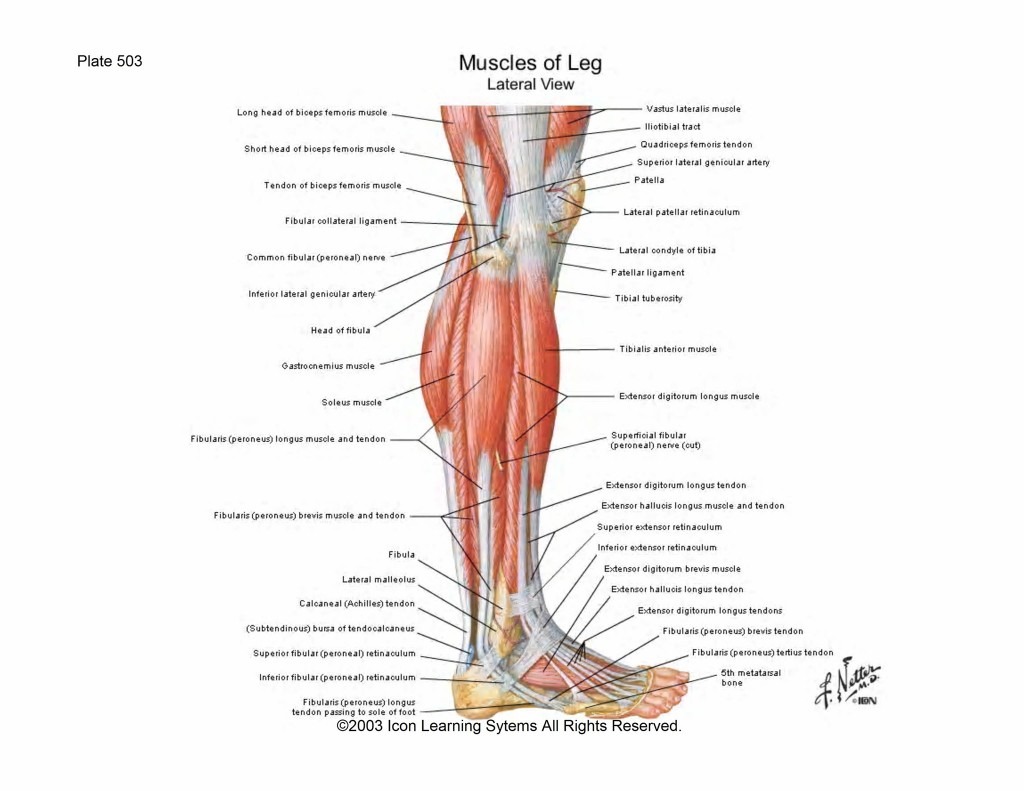
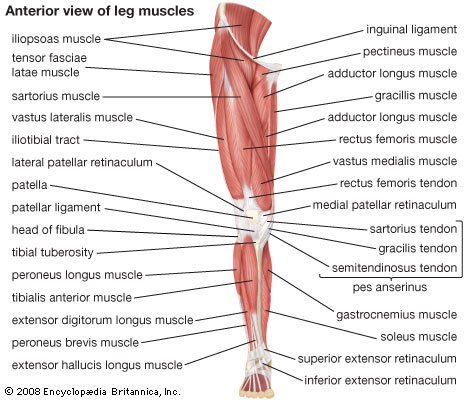
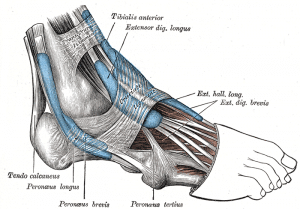
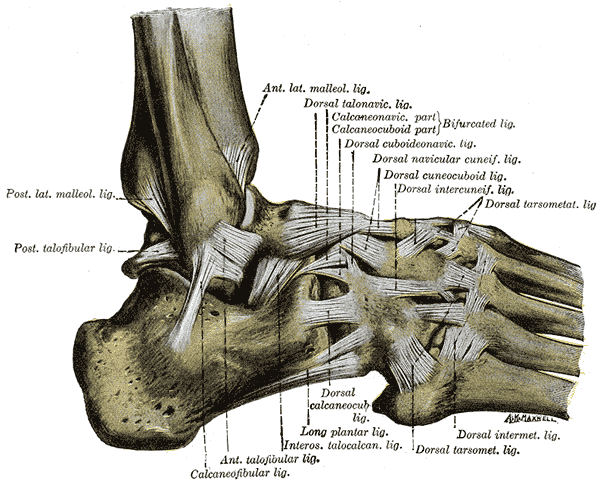


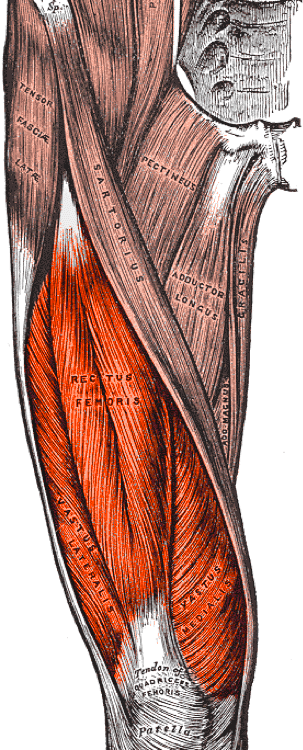



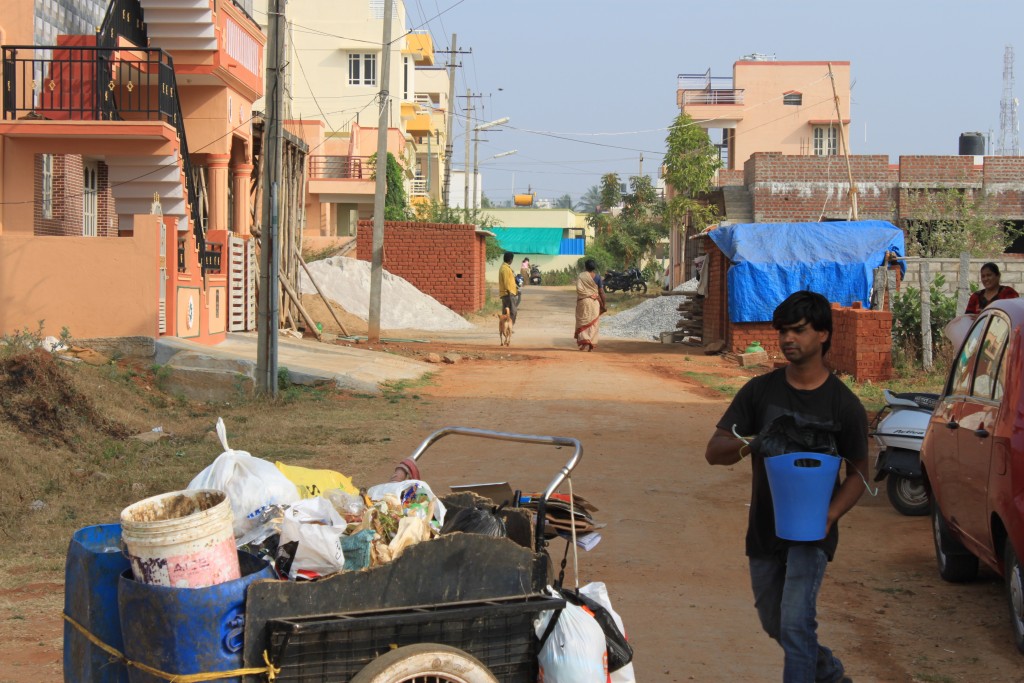
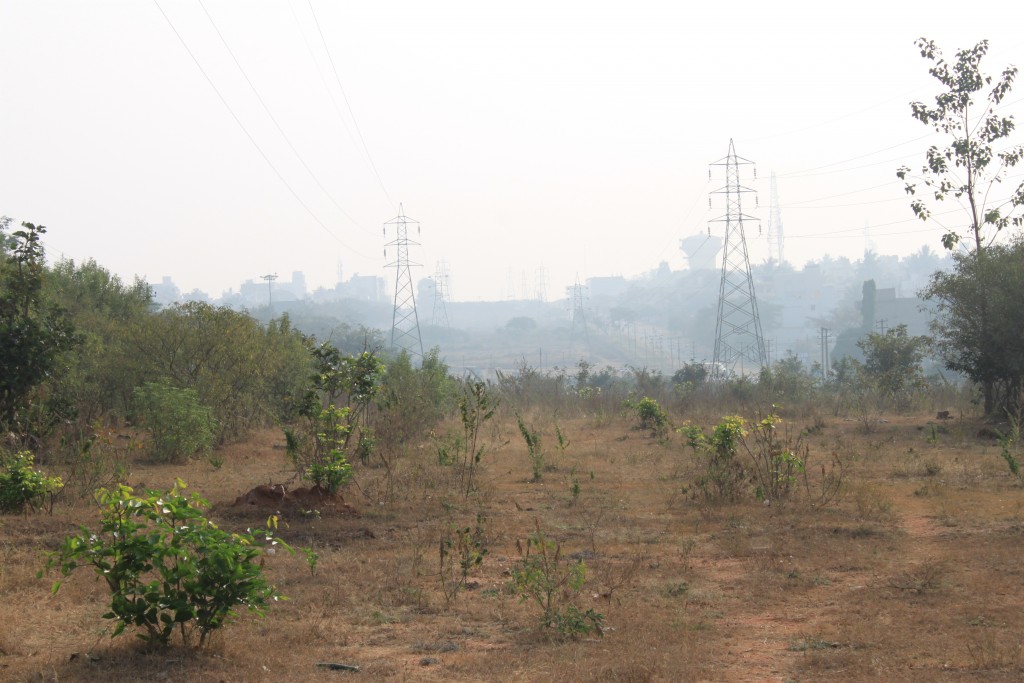
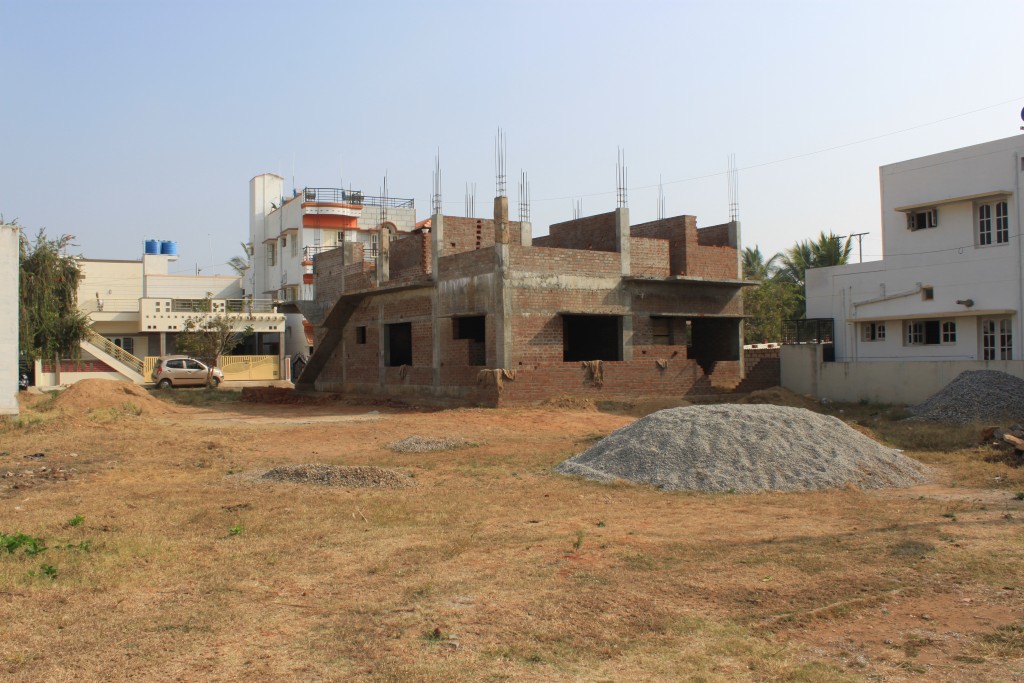


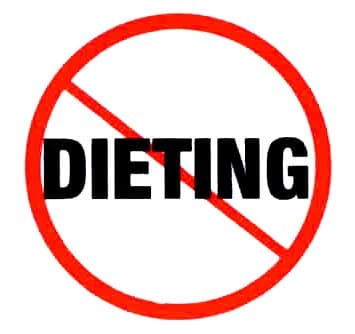
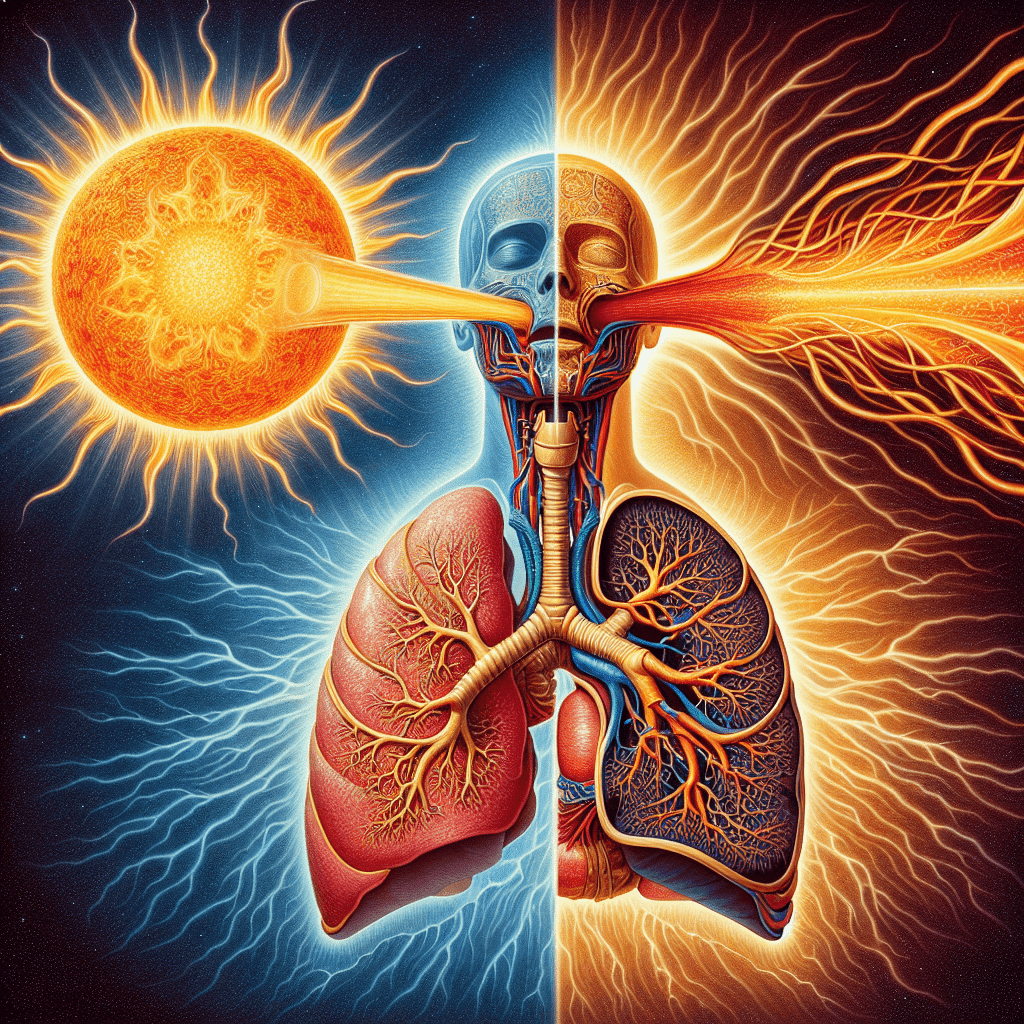
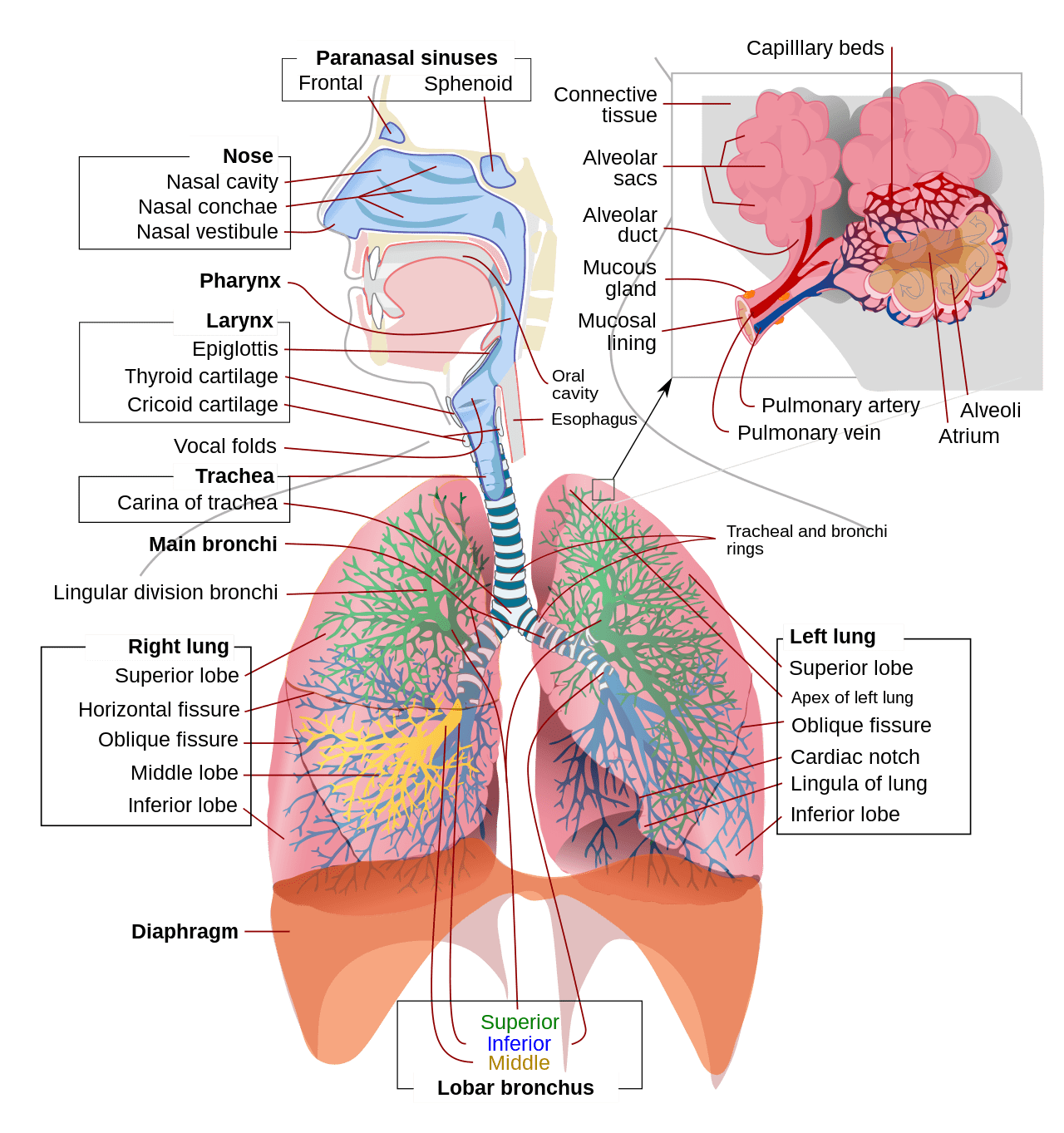



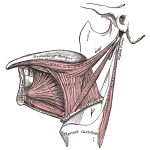 to the mouth. There are eight muscles in the tongue region, classified into intrinsic or extrinsic. The four intrinsic muscles change the shape of the tongue and are unattached to bone, while the four extrinsic muscles change the position of the tongue and are anchored to bone.
to the mouth. There are eight muscles in the tongue region, classified into intrinsic or extrinsic. The four intrinsic muscles change the shape of the tongue and are unattached to bone, while the four extrinsic muscles change the position of the tongue and are anchored to bone. palatoglossus that allow the tongue to extend outwards, retract, and move side to side. The intrinsic muscles of the tongue all originate and insert within the tongue. These muscles shape the tongue by lengthening and shortening, curling and uncurling, and flattening and rounding the surface. These muscles facilitate speech, swallowing, eating, and provides for the shape of the tongue. The average length of the tongue is about 10cm.
palatoglossus that allow the tongue to extend outwards, retract, and move side to side. The intrinsic muscles of the tongue all originate and insert within the tongue. These muscles shape the tongue by lengthening and shortening, curling and uncurling, and flattening and rounding the surface. These muscles facilitate speech, swallowing, eating, and provides for the shape of the tongue. The average length of the tongue is about 10cm.